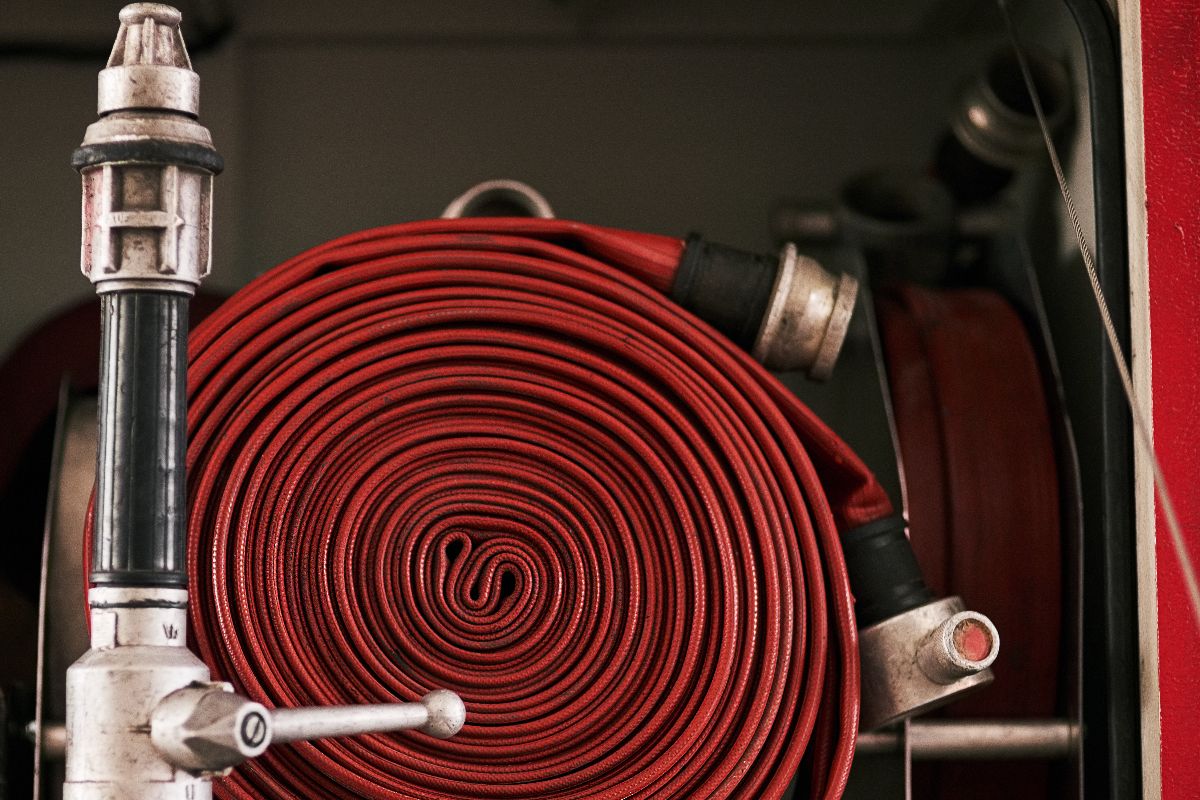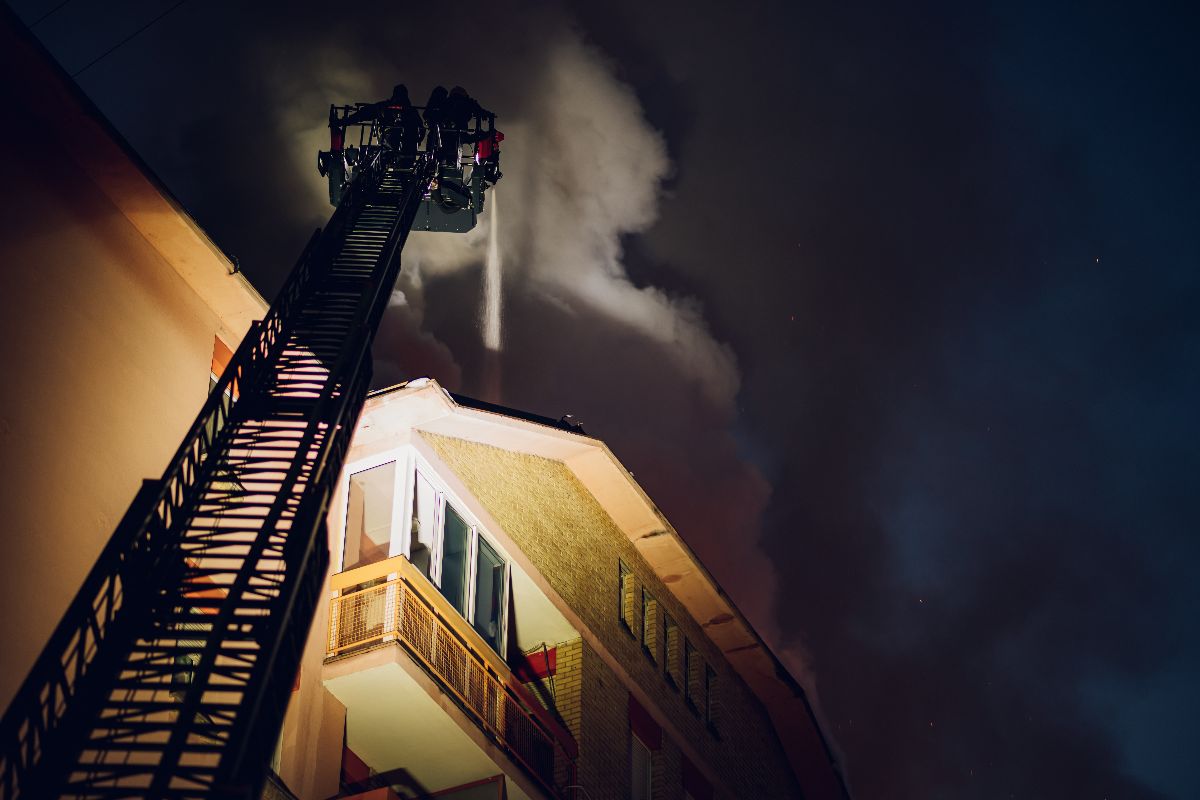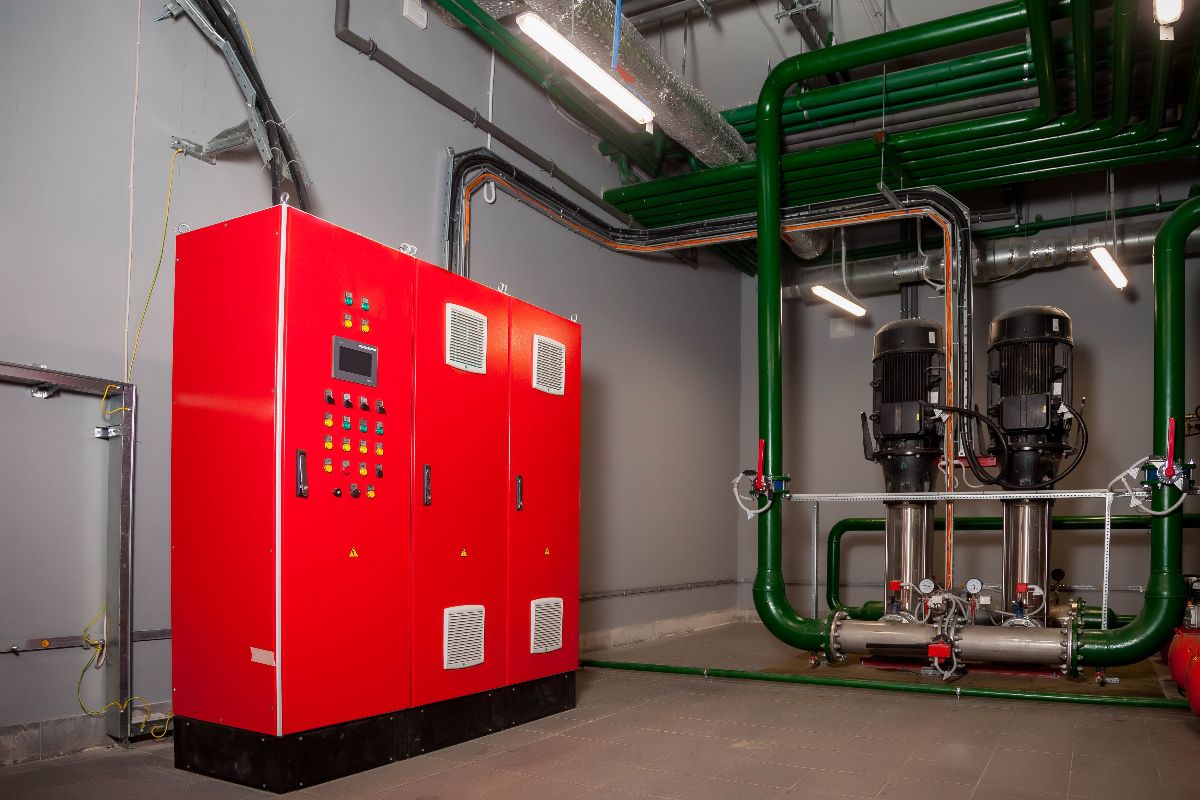Key Components of Fire Protection Systems
 December 29, 2022
December 29, 2022

What are the key components of fire protection systems?
- Alarms
- Sprinklers
- Extinguishers
- Fire Doors
- Fire Escapes
The potential damage done by a fire is immense. That’s why if one ought to prioritize anything to protect, it must be lives, and next to it, property. For this reason, the government has put in place specific laws that require certain components of fire protection systems to guard against the potential loss of human lives or damage to property. But what are some key components of fire protection systems? Keep reading to find out.
What is fire protection?
Many may be confused with the difference between fire protection and prevention. Although they seem to sound the same and have the same goal, they are all different in their way. Fire prevention aims to reduce and diminish potential fire hazards such as solid dry materials like wood or paper, as well as flammable liquids and gasses such as petrol, oils, propane, and butane.
On the other hand, fire protection systems reduce the damage done by fire by halting their spread and helping to safely evacuate a building in case of an incident.
Alarms

A fire alarm is a system designed to detect the presence of fire or smoke. This does so by noticing ambient changes in the air. Once it does detect fire, smoke, or any clear indications of combustion such as a sharp rise in temperature, it triggers a loud sound. A fire alarm bell or siren rings to alert those on the premises.
At times, fire alarms can also be triggered manually by a switch, also causing the same loud sound. However, both manual and automatic alarms are meant to be triggered only during instances wherein there is a real hazard of smoke or fire. The sound of the alarm must be clearly heard on every floor of the building. Thus, the installation of a fire alarm for a large building must be precise in order for the entire building to be evacuated.
Sprinklers
Often used in large commercial and industrial buildings like factories and warehouses, fire sprinkler systems consist of a set of pipes and sprinkler heads. At adequate pressure levels, the water is distributed by either wet pipe or dry pipe systems.
The most common sprinkler system is the wet pipe system. Here, there is always water present in the pipes. However, in places where the danger of low temperatures might freeze the pipes and render useless the water distribution, dry pipe systems are used. In this type of sprinkler system, water is not present until the system operates.
Nonetheless, in both wet or dry pipe sprinkler systems, the trigger is a sufficient amount of heat in proximity to the sprinkler head, causing water to be sprayed as a countermeasure to suppress the fire.
Extinguishers

Unlike sprinklers, fire extinguishers require human operation in order to suppress a budding, controllable fire. They consist of a pressurized tank filled with a dry or wet chemical. Once the handle is squeezed, the fire extinguisher releases its fire-suppressing contents down the nozzle.
The firefighting chemical of extinguishers varies depending on the potential cause of fire in any given building. Fire extinguishers containing wet chemicals are used for putting out fires made of burning paper, wood, and textiles as well as fires from cooking oils, fats, and grease. Those containing foam can be used to put out fires from flammable liquids like petrol. However, dry chemical fire extinguishers can not only put out fires caused by oil, textiles, paper, wood, or flammable liquid but also electrical fires as well.
Fire Doors
Although not fire-suppressive in purpose, fire doors are a type of passive fire protection whose sole purpose is to slow or prevent the spread of fire and smoke from one room to another. This minimizes the damage done by the fire in order to give more than enough time for the building’s personnel to complete their evacuation and for firefighters to arrive and begin to douse the flames.
Fire Escapes

Fire escapes, which are external emergency exits, are used in conjunction with fire doors to allow for the safe evacuation of a building in the event of a fire. When regular exits may be blocked or inoperable due to the fire, fire escapes provide a means for people to descend from the upper floors to the ground level. These escapes must be both reliable and constructed to meet code standards.
Key Takeaway
This article tackled the different components of fire protection systems. When properly designed and installed, this helps protect the occupants from the dangers in case of a fire.
As an engineering solutions provider, Industrial PH also provides fire alarm systems in the Philippines. We can provide you with fire alarms, fire protection, and fire suppression systems. Contact us here today!



